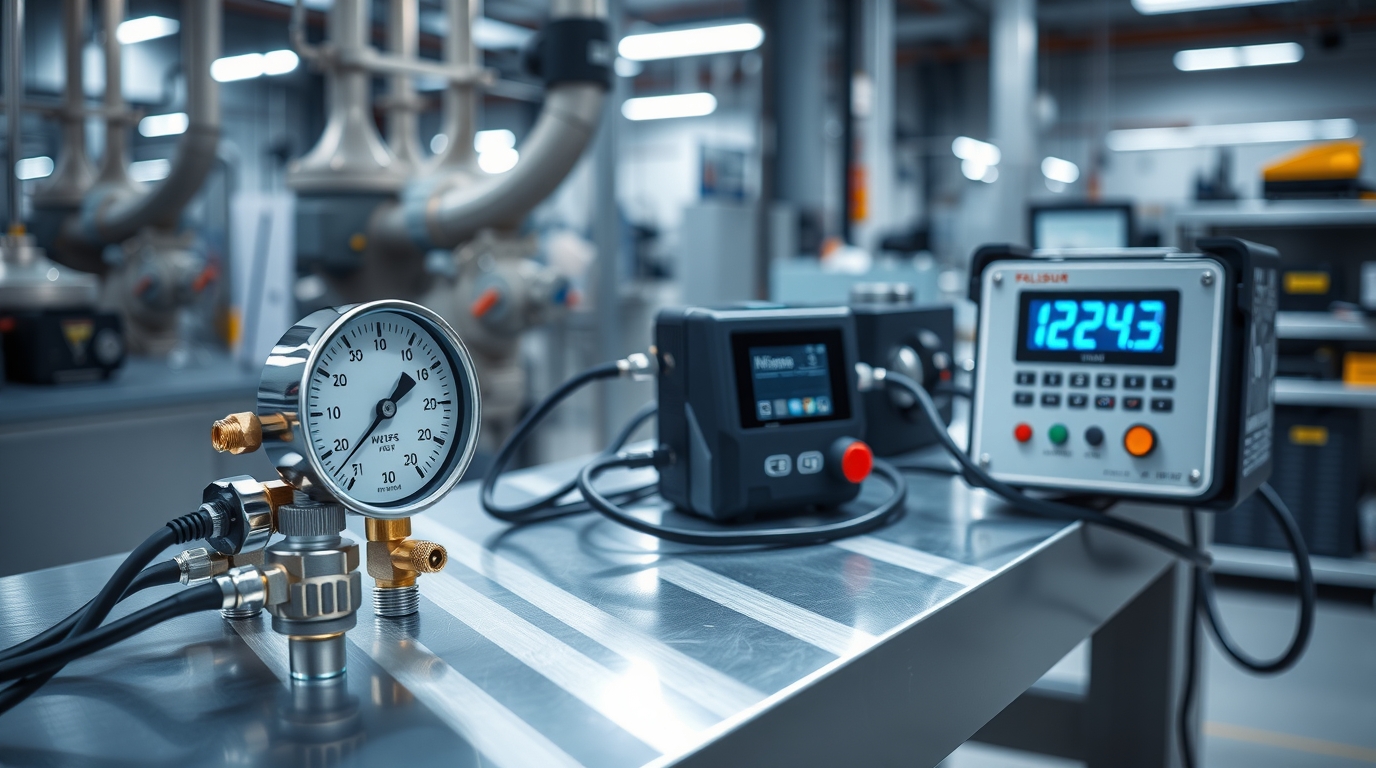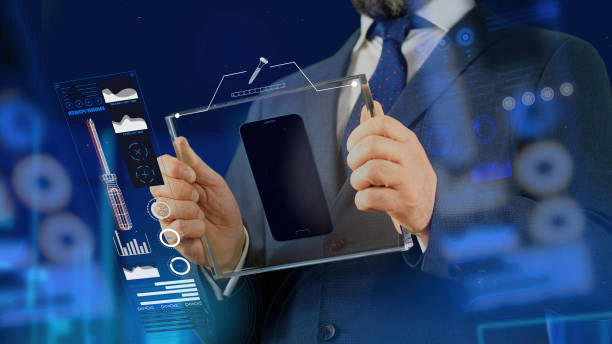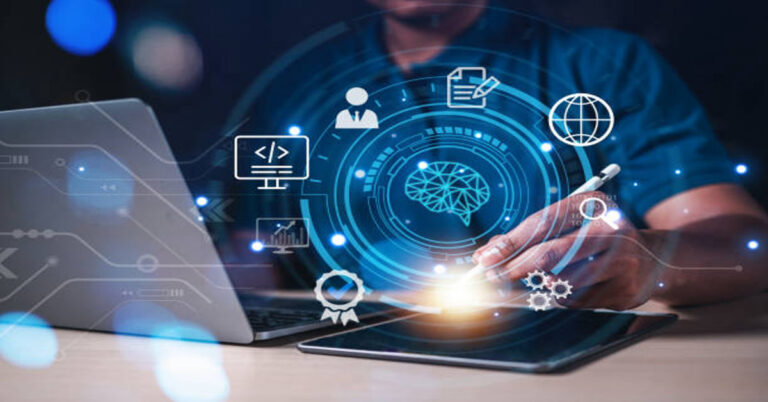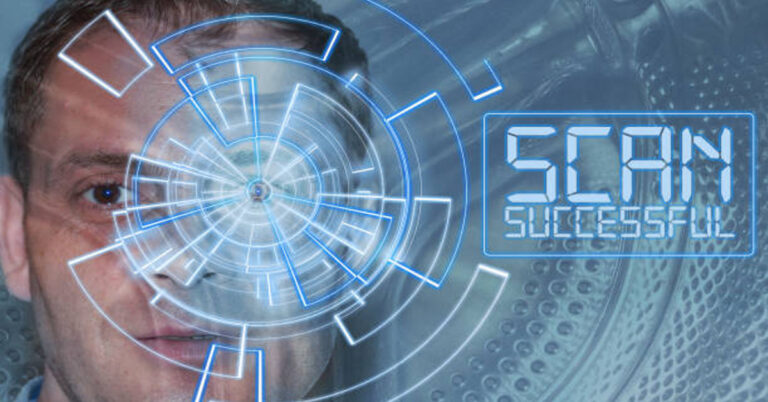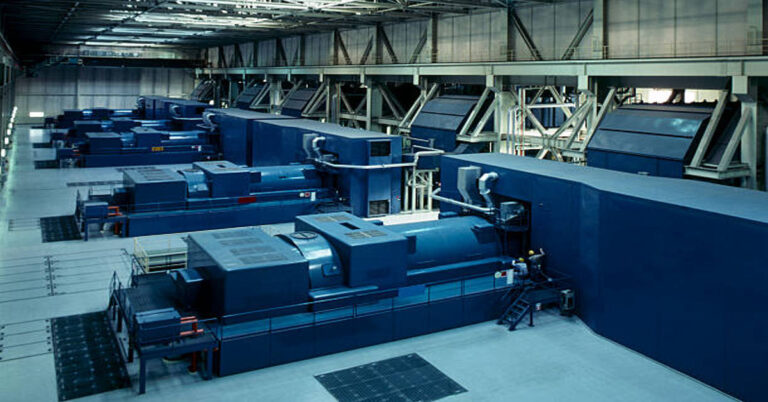Kalibraatio: The Importance of Calibration in Modern Technology
Kalibraatio, or calibration, is one of the most essential processes in the world of science, engineering, and industry. The term “kalibraatio” comes from the Finnish language and translates directly to “calibration” in English. Calibration ensures that measuring instruments and devices produce accurate, reliable, and repeatable results. From laboratories and manufacturing plants to healthcare equipment and environmental monitoring systems, calibration forms the foundation of trust and precision. This article explores in detail what kalibraatio means, why it is important, how it is done, and how it impacts industries globally.
Understanding Kalibraatio
Kalibraatio is the comparison of measurement instruments or systems against a known standard of accuracy. In simple terms, it means verifying and adjusting a device so that its readings align with a reference standard. Every instrument tends to drift over time due to wear and tear, environmental conditions, or usage patterns. Without calibration, even the most advanced equipment can produce incorrect results, leading to costly errors.
The process of calibration ensures that an instrument’s performance remains within acceptable limits. It not only helps maintain the integrity of measurements but also guarantees compliance with international standards. In sectors like aviation, healthcare, or pharmaceuticals, where accuracy is vital, kalibraatio is not just a technical requirement it is a matter of safety and quality assurance.
The Principle Behind Calibration
The principle of kalibraatio is based on the concept of traceability. Traceability means that every measurement can be linked back to a recognized national or international standard through an unbroken chain of comparisons. This ensures that data obtained from a device in one country can be compared and trusted by institutions in another.
For example, a digital thermometer used in a laboratory is calibrated using a standard thermometer certified by a national metrology institute. That standard thermometer, in turn, has been calibrated against an even higher-level reference. This hierarchical chain guarantees that all measurements are consistent and comparable worldwide.
The Process of Kalibraatio
The process of kalibraatio typically follows several systematic steps to ensure precision.
Step 1: Preparation
Before calibration begins, the instrument must be cleaned, inspected, and brought to stable operating conditions. This includes checking for any physical damage, dirt, or defects that might affect accuracy. Environmental conditions such as temperature and humidity must also be controlled.
Step 2: Reference Selection
A reference standard with known accuracy is chosen. This reference must be more accurate than the instrument being tested. The uncertainty of the reference should be at least three to ten times smaller than that of the device under test.
Step 3: Measurement and Comparison
The actual calibration involves comparing readings from the device under test to the reference standard. The data are recorded, and any deviation or error is calculated.
Step 4: Adjustment
If the instrument readings deviate beyond acceptable limits, adjustments are made to bring it back into alignment with the standard.
Step 5: Documentation
After calibration, all results are documented in a calibration certificate. The certificate includes details like measurement results, uncertainty values, date, environmental conditions, and the person performing the calibration.
Step 6: Labeling and Verification
Finally, the instrument is labeled with a calibration tag that includes the calibration date and next due date. This ensures proper traceability and helps maintain calibration schedules.
Types of Kalibraatio
Kalibraatio can be categorized into several types depending on the instrument or parameter being tested.
| Type of Kalibraatio | Description | Common Instruments |
| Electrical Calibration | Ensures accurate voltage, current, and resistance measurements. | Multimeters, oscilloscopes, power meters |
| Mechanical Calibration | Deals with physical quantities like force, torque, and pressure. | Balances, dynamometers, pressure gauges |
| Temperature Calibration | Verifies temperature measurement accuracy. | Thermometers, thermocouples, RTDs |
| Dimensional Calibration | Checks physical dimensions and geometry. | Calipers, micrometers, coordinate measuring machines |
| Flow Calibration | Ensures correct flow measurement in liquids or gases. | Flow meters, anemometers |
| Optical Calibration | Involves instruments using light or imaging sensors. | Spectrophotometers, cameras, lasers |
Each type of calibration requires specialized equipment and techniques. For example, temperature calibration often involves precision baths or dry block calibrators, while dimensional calibration may use gauge blocks or laser interferometers.
Importance of Kalibraatio in Modern Industries
1. Quality Assurance
Kalibraatio ensures that products meet strict quality standards. In manufacturing, for instance, small measurement errors can result in defective products, production waste, and financial loss.
2. Safety Compliance
In industries such as aviation, automotive, and healthcare, safety depends on accurate readings. For example, incorrect calibration of medical equipment can lead to misdiagnosis or unsafe treatments.
3. Regulatory Requirements
Many industries are governed by regulations that demand regular calibration of instruments. Organizations like ISO, FDA, and IEC set global standards for calibration frequency and documentation.
4. Operational Efficiency
Properly calibrated instruments reduce downtime and prevent unnecessary maintenance. They also help identify issues early, ensuring smooth operations and longer equipment lifespan.
5. Cost Reduction
Although calibration has a cost, neglecting it can result in expensive product recalls, process failures, or loss of reputation. Consistent kalibraatio helps businesses save money in the long run.
Calibration Intervals: How Often Should Kalibraatio Be Done?
Determining how often calibration should be performed depends on various factors such as:
- Manufacturer’s recommendations
- Frequency of use
- Environmental conditions
- Required accuracy
- Historical performance of the instrument
For example, laboratory balances used daily might require calibration every six months, while industrial sensors exposed to harsh conditions might need monthly checks. Regular monitoring helps establish a suitable calibration interval based on data trends.
The Role of Calibration Laboratories
Calibration laboratories are specialized facilities that perform high-precision measurements. They operate under strict environmental conditions and are accredited by national accreditation bodies. Accreditation ensures that the lab follows international standards like ISO/IEC 17025, which defines requirements for testing and calibration competence.
These laboratories use reference instruments with traceability to national metrology institutes such as NIST (USA), PTB (Germany), or VTT MIKES (Finland). Their work is vital in maintaining global measurement consistency and supporting industries that depend on accuracy.
Kalibraatio and Uncertainty Measurement
No measurement is perfectly exact; there is always some level of uncertainty. In calibration, measurement uncertainty quantifies the possible deviation from the true value. A well-documented uncertainty analysis helps users understand the confidence level of their instruments.
For example, a pressure gauge reading 10.000 bar with an uncertainty of ±0.005 bar means that the true pressure lies between 9.995 and 10.005 bar. Understanding uncertainty is key in making informed decisions about process tolerances.
The Impact of Digital Technology on Kalibraatio
The rise of digitalization and automation has transformed calibration practices. Modern calibration systems now use software-driven processes that increase speed, reduce errors, and enhance traceability.
1. Automated Calibration Systems
Automated systems can perform multiple tests simultaneously, record results automatically, and generate calibration certificates instantly.
2. Cloud-Based Data Management
Cloud platforms allow companies to store, track, and analyze calibration data in real time, improving compliance and reducing paperwork.
3. Internet of Things (IoT) Integration
IoT-enabled devices can monitor their calibration status and alert users when recalibration is due. This predictive approach enhances operational reliability.
4. Artificial Intelligence and Predictive Calibration
AI algorithms analyze historical data to predict when an instrument is likely to drift out of specification, allowing proactive calibration planning.
Environmental Factors Affecting Kalibraatio
Environmental conditions can significantly influence calibration accuracy. Temperature fluctuations, humidity, dust, and vibrations may all introduce measurement errors. For example, dimensional instruments expand or contract with temperature changes, leading to deviations.
Hence, calibration rooms are maintained under controlled conditions, typically at 20°C ± 0.5°C and relative humidity of around 50%. Instruments are also allowed to stabilize before calibration begins.
Training and Competence in Kalibraatio
The effectiveness of kalibraatio depends heavily on the skills of the personnel performing it. Technicians must have in-depth knowledge of measurement principles, uncertainty analysis, and equipment handling. Continuous training ensures they stay updated with technological advancements and industry standards.
Many institutions offer certification programs in calibration and metrology. These certifications not only validate competence but also enhance credibility and trust.
Future of Kalibraatio
As technology evolves, the future of kalibraatio looks increasingly digital and automated. Emerging trends include remote calibration, AI-assisted analysis, and blockchain-based calibration records for enhanced traceability.
Smart sensors capable of self-calibration are also gaining popularity. These devices adjust themselves in real time, reducing downtime and human intervention. Additionally, as industries adopt green and sustainable technologies, energy-efficient calibration systems will become standard.
Conclusion
Kalibraatio is not merely a technical process but a foundation of precision and reliability in the modern world. Whether in laboratories, manufacturing facilities, or hospitals, calibration ensures that every measurement made is trustworthy. It safeguards quality, supports safety, and underpins technological advancement.
As industries move toward smarter, data-driven systems, the role of kalibraatio will continue to grow in importance. Investing in proper calibration practices, training, and technology is essential for any organization that values accuracy and performance. By understanding and applying the principles of kalibraatio, we strengthen the bridge between science and industry, ensuring that progress continues with precision and confidence.

